How to Slot-Die Coat Thin-Film Batteries: A Complete Guide for Researchers and Manufacturers
Slot-die coating is one of the most effective techniques for depositing thin, uniform layers in battery manufacturing. It is widely used in the development of thin-film batteries, including solid-state and lithium-ion technologies. With its high precision, material efficiency, and scalability, slot-die coating is a preferred method for researchers and manufacturers aiming to produce consistent, high-performance energy storage devices.
Understanding the Slot-Die Coating Process
In slot-die coating, a controlled amount of ink or slurry is dispensed through a narrow slit in a specialized coating head. This head is positioned close to the substrate, allowing the material to spread evenly as the substrate moves beneath it. The result is a thin, consistent film ideal for functional battery layers such as electrodes, electrolytes, and separators. Unlike other methods like blade or spray coating, slot-die coating offers superior repeatability and is well suited for both lab-scale experiments and industrial roll-to-roll setups.
Key Benefits of Slot-Die Coating for Batteries
Uniform Film Thickness – Critical for achieving consistent electrochemical performance.
Scalability – Easily adaptable from lab-scale to roll-to-roll production.
High Material Utilization – Minimizes waste compared to other coating techniques.
Compatibility with Various Materials – Works with solid-state electrolytes, lithium-ion battery slurries, and functional coatings.
The Slot-die Coater is an excellent choice for researchers focused on developing and optimizing battery electrode slurries at the laboratory scale.
Choosing the Right Equipment: Process Parameters and Optimization
A successful slot-die coating process requires careful control of various parameters. Even slight deviations can result in defects such as uneven coating thickness, pinholes, or poor adhesion. Researchers and manufacturers must optimize these parameters to ensure high-quality coatings that meet the performance demands of modern battery technologies.
1. Choosing the Right Slot-Die Head
The slot-die head is a critical component in achieving precise coatings. For battery applications, key considerations include:
Material – Stainless steel for high durability, PEEK for chemical resistance, and titanium for corrosion resistance.
Width – Matching the head width to the desired coating width ensures efficiency.
Shim Adjustability – Interchangeable shims allow fine control over coating thickness and wet film uniformity.
2. Ink and Slurry Considerations
Battery coatings often involve complex formulations with active materials, binders, solvents, and additives. These mixtures need to be carefully balanced. The viscosity must be suitable for the flow characteristics of the slot-die system to prevent clogging or uneven application. The choice of solvent affects not only the drying time but also the interaction between the coating and the substrate. Particle size also plays a role in the final film quality and electrochemical performance of the battery. For battery applications, key considerations include:
Viscosity – Must be optimized for smooth flow through the slot-die head.
Solvent Choice – Impacts drying speed, adhesion, and film formation.
Particle Size Distribution – Affects homogeneity and electrochemical performance.
Your coating process is only as good as the slot-die head that delivers it. Our guide helps you evaluate your needs and choose the right slot-die head for optimal quality, efficiency, and cost-effectiveness. Read the selection guide here.
Wet vs. Dry Coating
Wet coating remains the standard approach for applying battery materials. In this method, a liquid slurry is applied to the substrate and then dried to form a solid film. It offers excellent control over material distribution and strong adhesion. However, it also introduces the challenge of solvent removal, which requires careful drying strategies. Dry coating is gaining attention for its potential to eliminate solvents altogether. This method reduces environmental impact, lowers energy consumption, and simplifies downstream processing. It is especially promising for next-generation battery systems that demand more sustainable production methods.
Drying and Curing Strategies
Once the coating has been applied, drying and curing play a crucial role in achieving the desired film properties. Improper drying can lead to defects such as cracking, poor adhesion, or residual solvents that affect battery performance. Several drying techniques are commonly used:
Hot-Air Drying – Efficient but can cause rapid solvent evaporation, leading to film stress.
Infrared (IR) Drying – Provides uniform heat distribution and is suitable for thick coatings.
UV Curing – Useful for polymer-based battery separators and solid-state electrolytes.
Vacuum Drying – Helps remove residual solvents and improve battery stability.
Each method must be optimized based on the type of battery material and desired film properties to ensure high-performance coatings.
Substrate Selection and Pre-Treatment
The choice of substrate is another important factor in slot-die coating. Battery coatings require excellent adhesion to ensure mechanical stability and long-term performance. If the substrate is not properly prepared, issues such as dewetting, peeling, or non-uniform coating can occur. Surface treatment is often necessary to ensure good adhesion. Plasma or corona treatment increases surface energy, helping the coating spread evenly and bond securely. Mechanical roughening can also improve film anchoring, particularly for thicker layers.
Common Battery Substrates:
Metal foils (Aluminum, Copper) – Used for electrodes.
Flexible polymers (PET, PI) – Used in thin-film and solid-state batteries.
Surface Treatment Methods:
Plasma or Corona Treatment – Enhances adhesion by increasing surface energy.
Mechanical Roughening – Improves coating anchoring.
Plasma and corona treatment enhances adhesion by increasing surface energy. Learn more here.
Scaling from Lab to Roll-to-Roll Production
As battery technologies advance, manufacturers must transition from small-scale lab experiments to high-volume production. However. moving from small-scale development to roll-to-roll production requires careful attention to process consistency and automation. Precision web handling systems are essential for maintaining even coating across long production runs. Tension control systems help prevent distortions and defects. Real-time monitoring tools, such as thickness sensors and optical inspection systems, are increasingly used to catch problems early and minimize waste. Understanding the specific requirements of roll-based systems compared to sheet-based lab setups is crucial for successful scale-up.
This requires additional process control and automation:
Precision Web Handling – Ensures uniform coating over long runs.
Tension Control – Prevents defects caused by substrate deformation.
Real-Time Monitoring – Thickness sensors and vision systems detect inconsistencies early.
Understanding the key differences between sheet-based slot-die coating and roll-to-roll slot-die coating is essential for scaling production efficiently.
The Future of Slot-Die Coating for Thin-Film Batteries
The future of slot-die coating for thin-film batteries looks promising as new materials, processes, and technologies continue to evolve. One area of active research is improving the efficiency of dry coating methods. By eliminating the need for solvents, dry coating could significantly reduce environmental impacts and costs, making the process more sustainable for large-scale production. Additionally, the development of more advanced slot-die heads and substrates could lead to even higher precision and better control over film uniformity and performance.
There is also growing interest in integrating real-time monitoring systems into slot-die coating machines, which would enable manufacturers to detect issues as they arise, optimizing production speed and quality. With continuous improvements, slot-die coating could become the dominant method for producing thin-film batteries, contributing to innovations in energy storage and pushing the boundaries of battery technology.
The Laboratory Roll-to-Roll Coater is the ideal coating machine for scaling up to roll-to-roll processing of battery electrode materials or for testing and optimizing battery electrode slurries.
Conclusion
Slot-die coating has quickly become a go-to method for precision thin-film deposition, particularly in the rapidly advancing field of battery technology. This technique's ability to produce uniform coatings, its scalability, and its minimal material waste are invaluable in the development of thin-film batteries. Whether you're working on solid-state batteries, lithium-ion electrodes, or other energy storage systems, mastering slot-die coating ensures that you can create highly reliable and consistent films that perform well under real-world conditions.
By understanding and optimizing key parameters such as slot-die head material, ink formulation, drying techniques, and substrate preparation, researchers can achieve better coatings with higher electrochemical performance. Slot-die coating enables a seamless transition from lab-scale research to large-scale production, offering the precision and flexibility needed in the highly competitive battery industry.
Troubleshooting common issues like streaking, poor adhesion, and thickness variations is vital to maintaining the quality of coatings. With continued research and optimization, slot-die coating will play an increasingly important role in the next generation of energy storage technologies.
Get Professional Support for Your Coating Needs
Need help with slot-die coating, coating machines, or any related applications?
Contact infinityPV’s experts today for professional guidance and support.

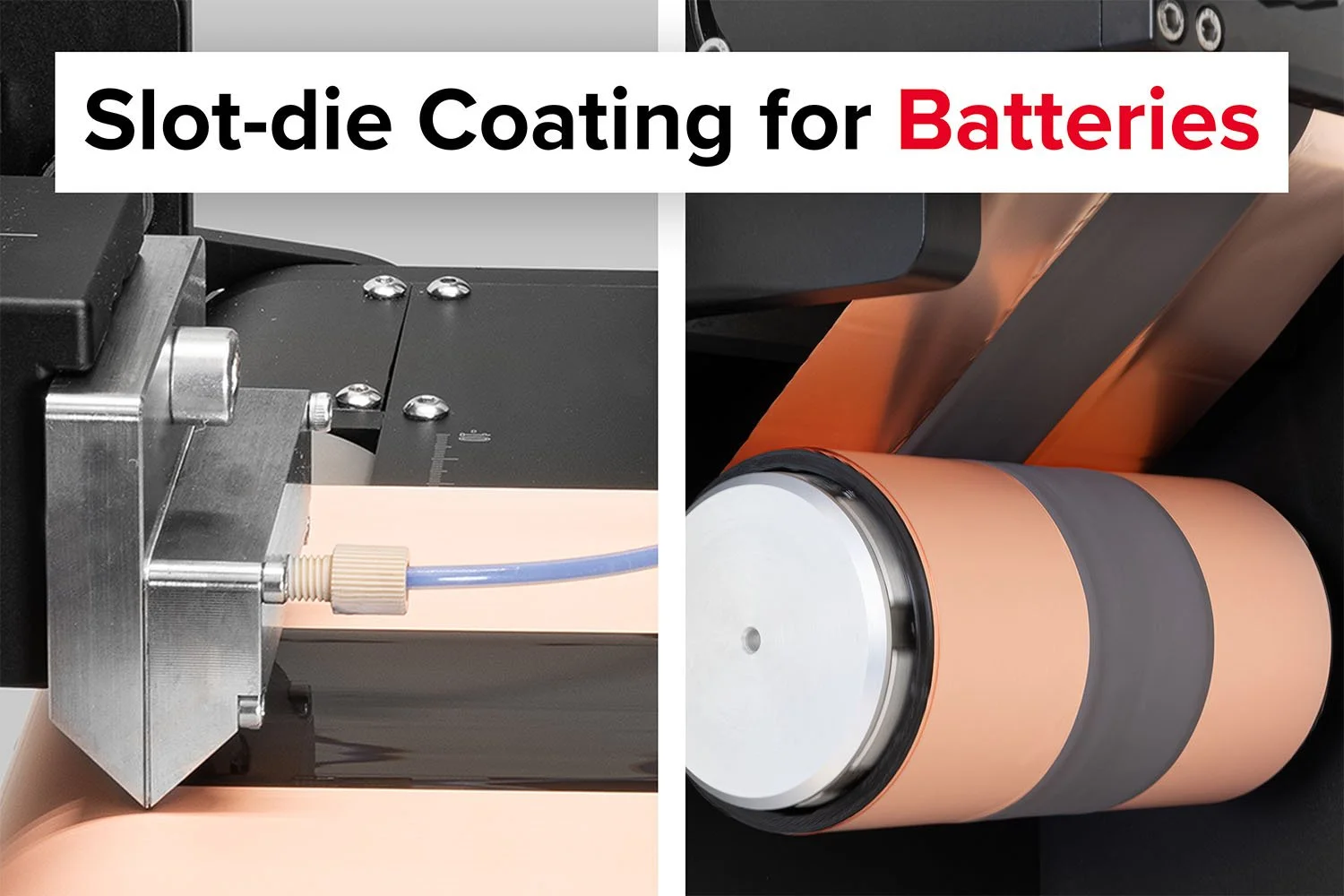
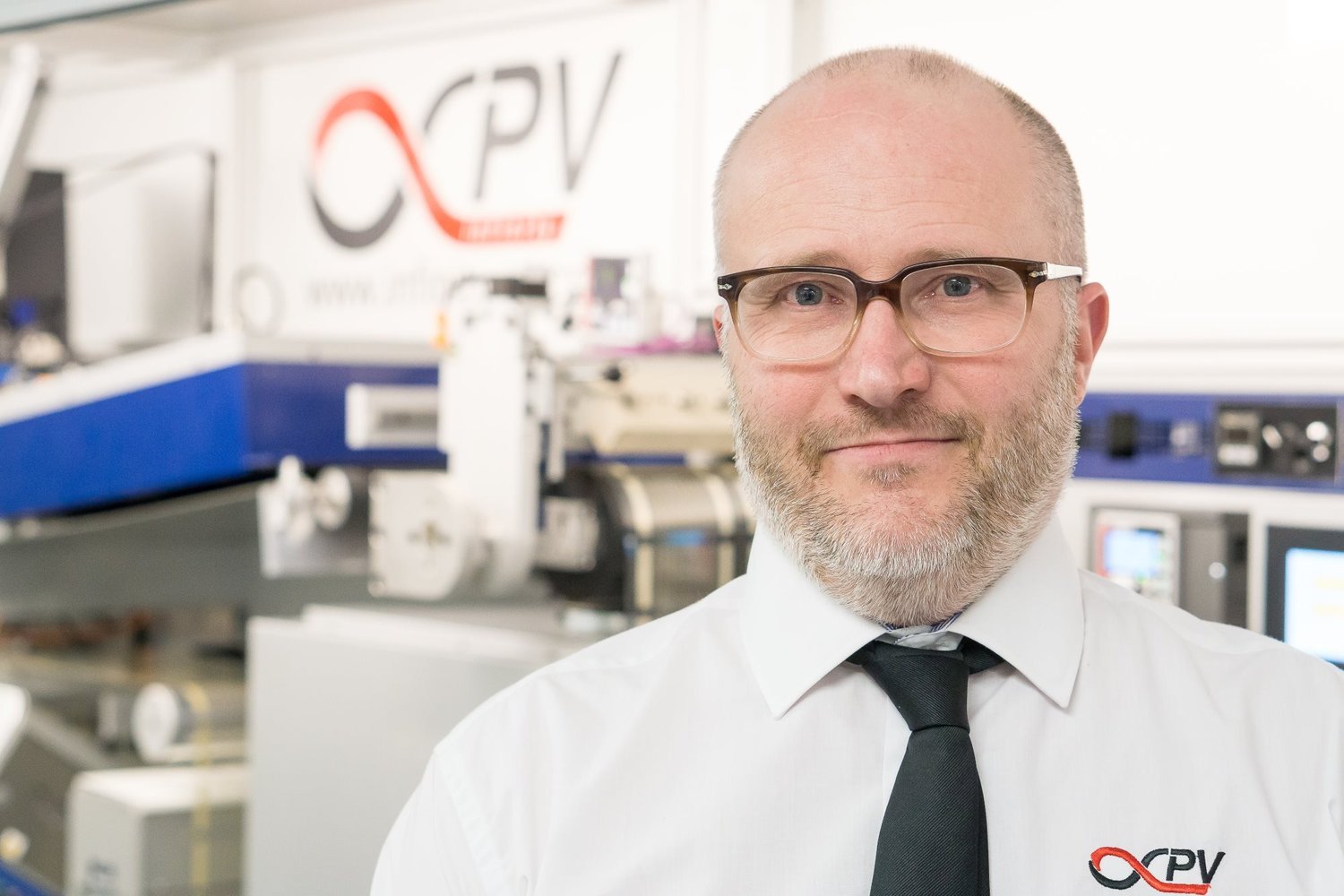


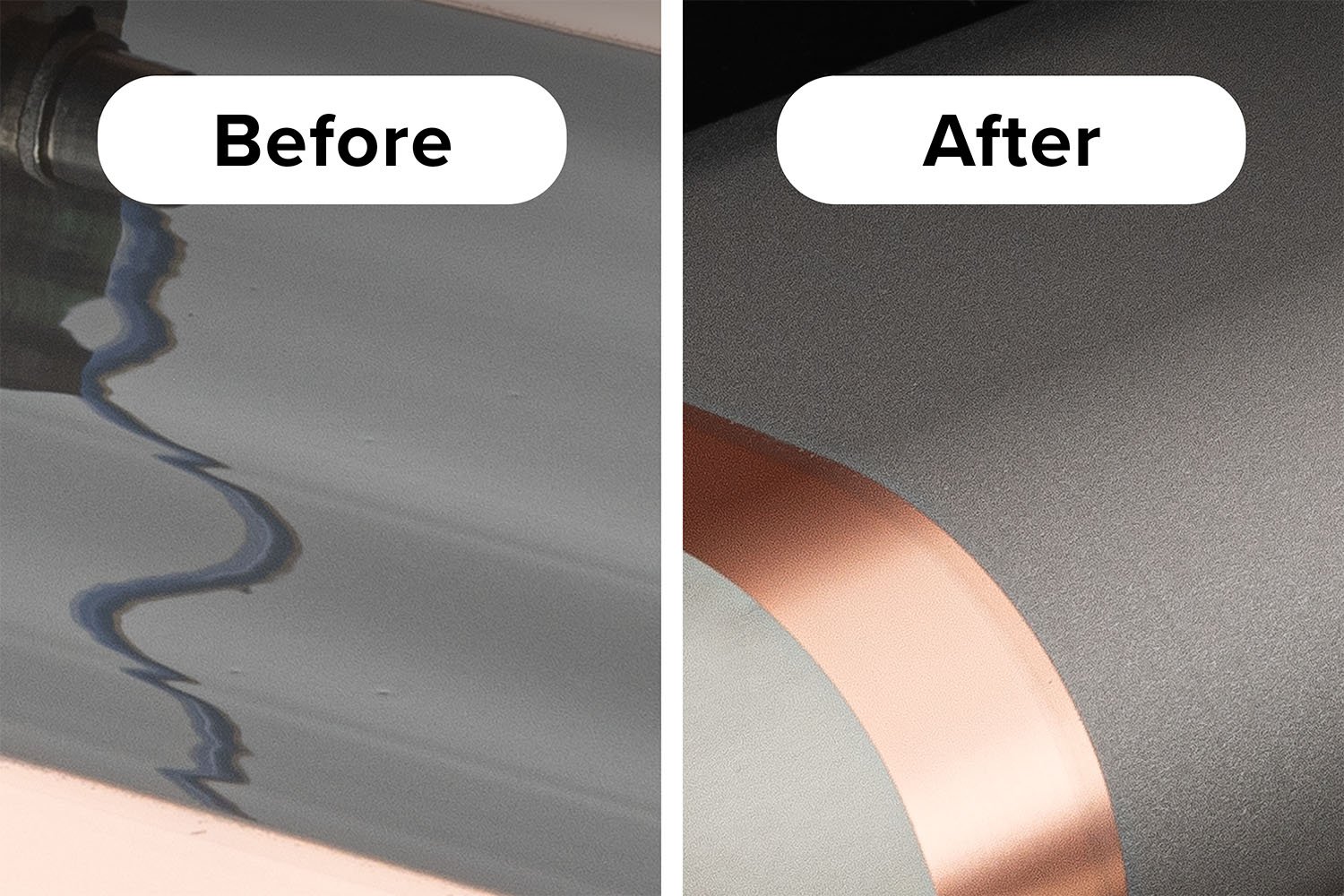




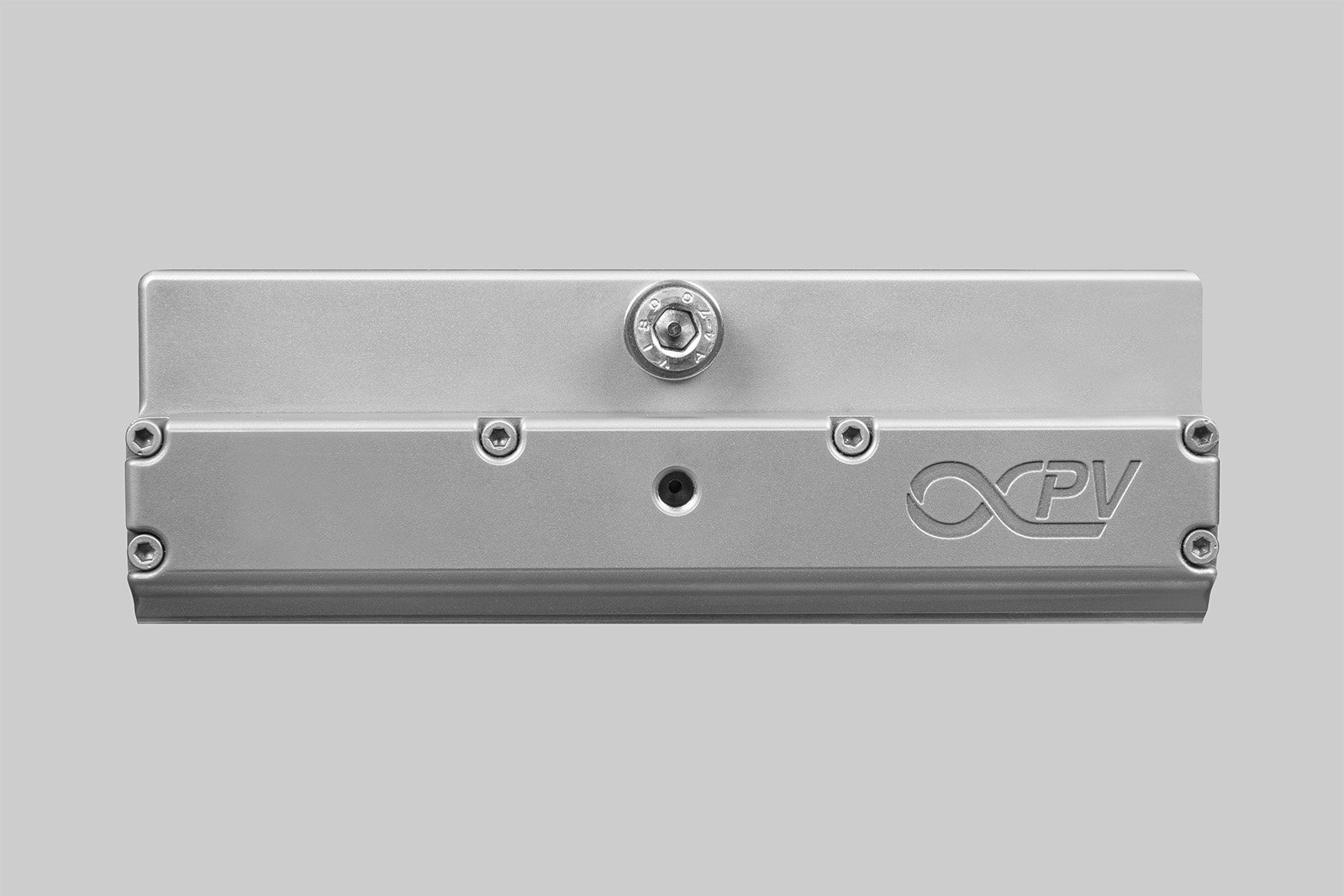

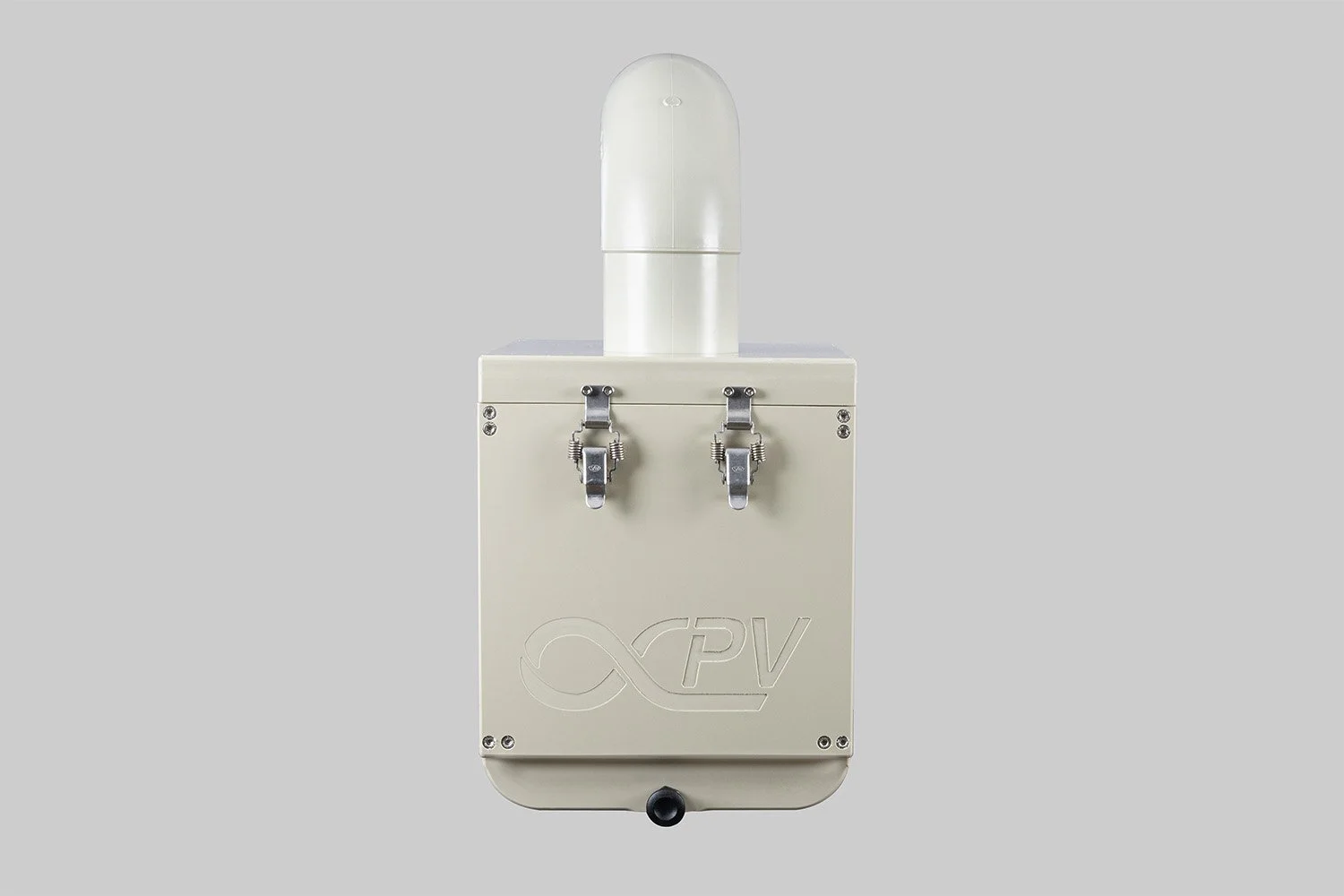



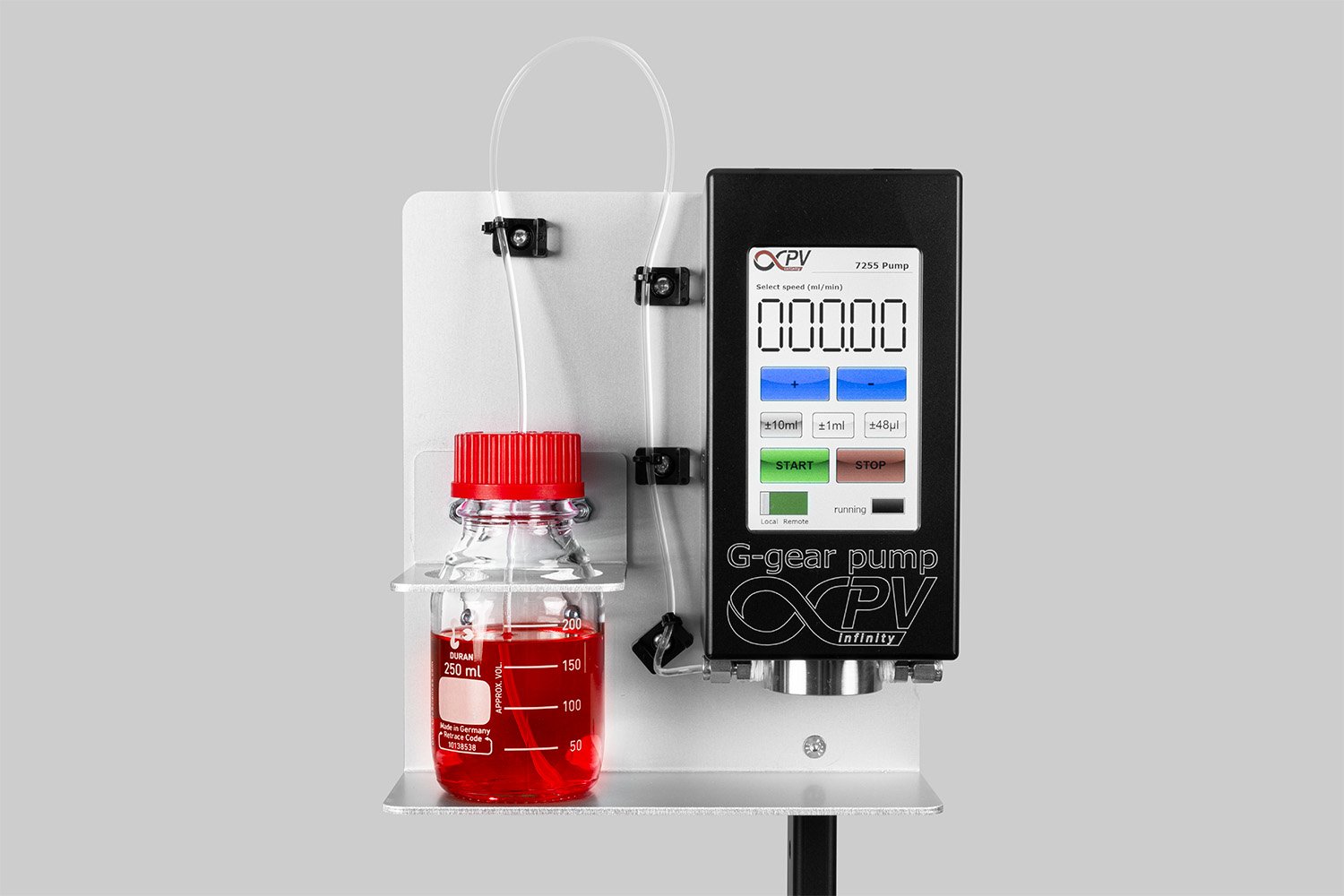
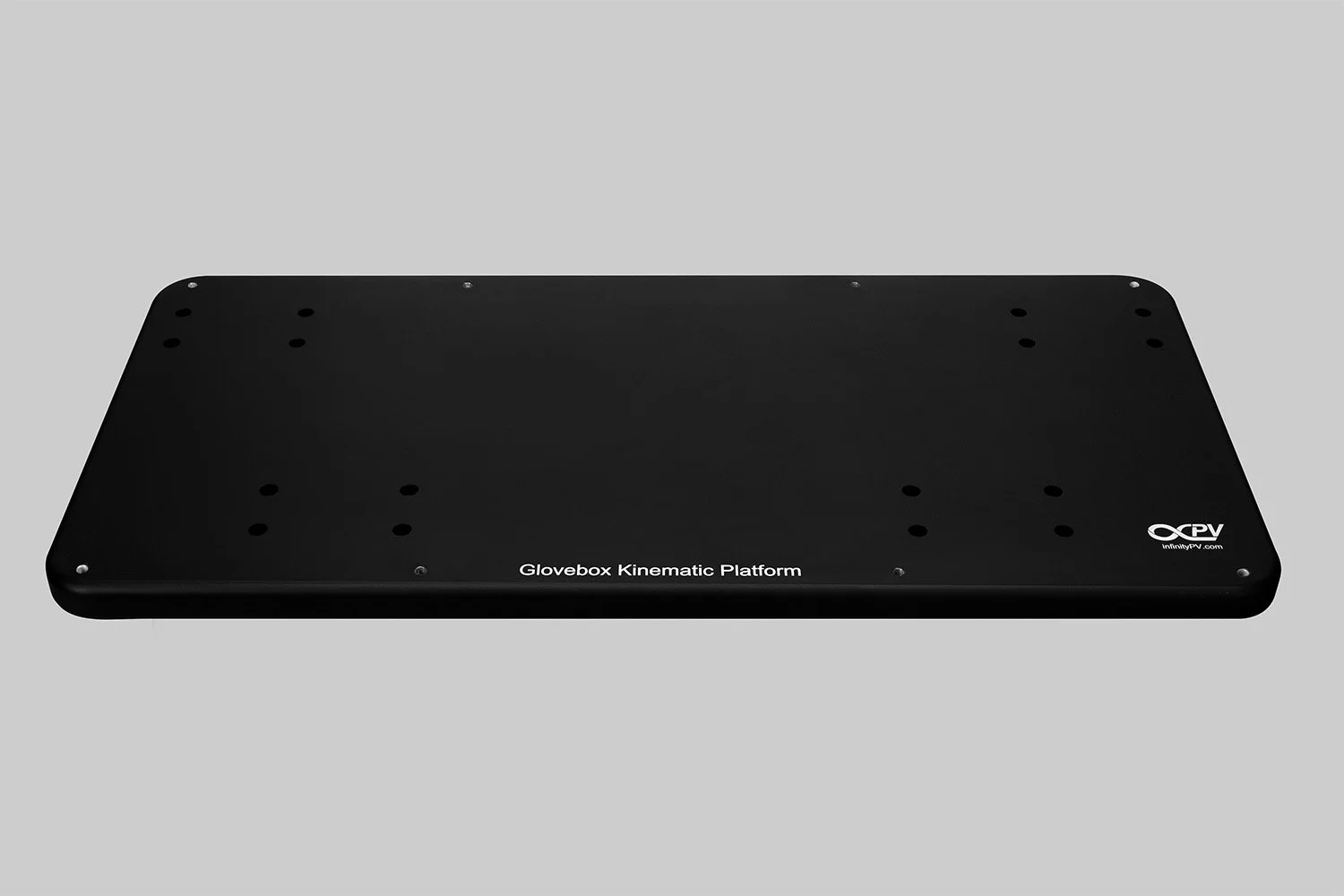

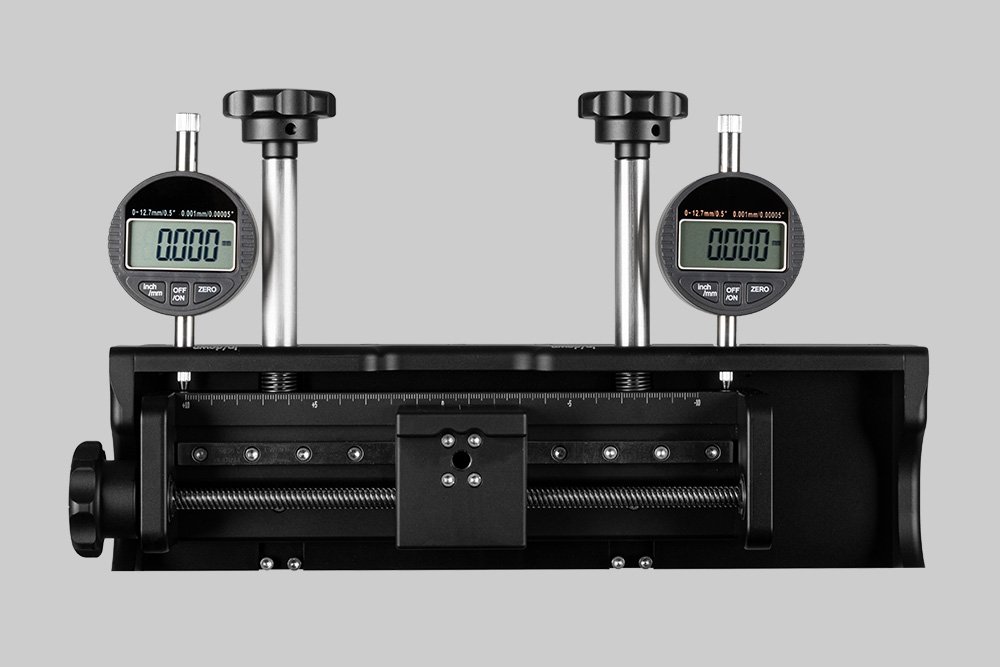
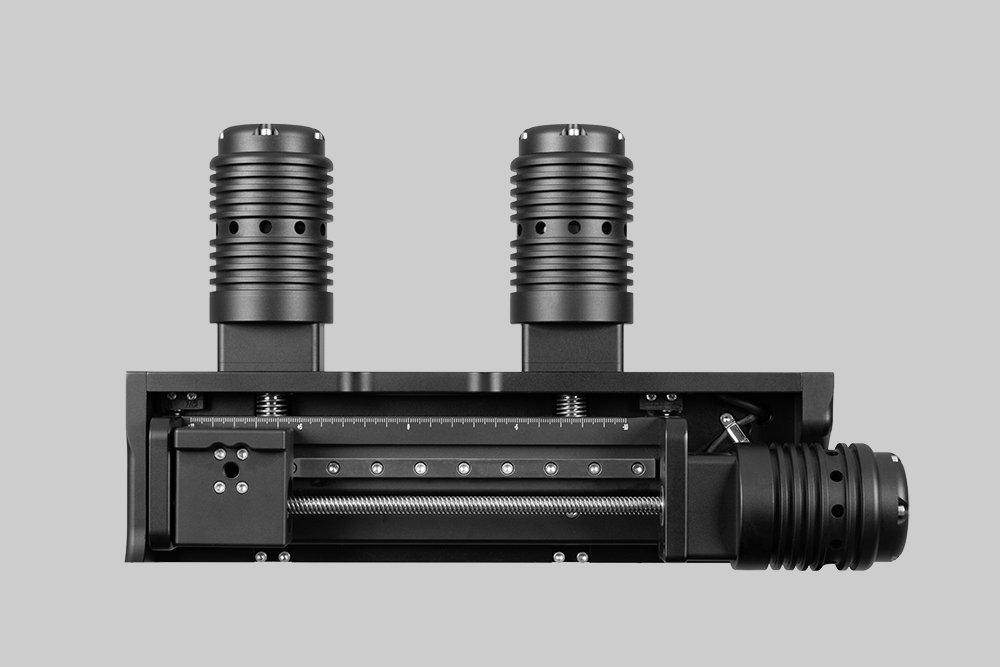
The SDC Battery Coater Pro is specifically designed for researchers dedicated to developing and optimizing battery materials. It facilitates a seamless transition from research to commercialization. View video.